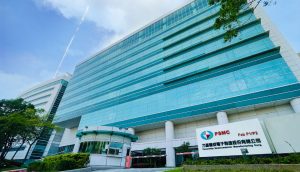Popular Keywords
- About Us
-
Research Report
Research Directory
Semiconductors
LED
Consumer Electronics
Emerging Technologies
- Selected Topics
- Membership
- Price Trends
- Press Center
- News
- Events
- Contact Us
News

The surge in memory product prices continues, driven by the AI wave revitalizing the memory market. According to a report from Liberty Times Net, prices of high-performance DRAM are also on the rise. Industry sources cited by the same report have indicated that SK Hynix's LPDDR5/LPDDR4/DDR5 and othe...
News

With the flourishing of AI applications, two major AI giants, NVIDIA and AMD, are fully committed to the high-performance computing (HPC) market. It's reported by the Economic Daily News that they have secured TSMC's advanced packaging capacity for CoWoS and SoIC packaging through this year and the ...
News

According to South Korean media outlet BusinessKorea's report on May 2nd, NVIDIA is reported to be fueling competition between Samsung Electronics and SK Hynix, possibly in an attempt to lower the prices of High Bandwidth Memory (HBM). The report on May 2nd has cited sources, indicating that th...
News

Powerchip Semiconductor Manufacturing Corporation (PSMC) held the inauguration ceremony for its new Tongluo plant on May 2nd. This investment project, totaling over NTD 300 billion for a 12-inch fab, has completed the installation of its initial equipment and commenced trial production. According ...
News

Tesla's journey towards autonomous driving necessitates substantial computational power. Earlier today, TSMC has confirmed the commencement of production for Tesla's next-generation Dojo supercomputer training chips, heralding a significant leap in computing power by 2027. As per a report from Te...